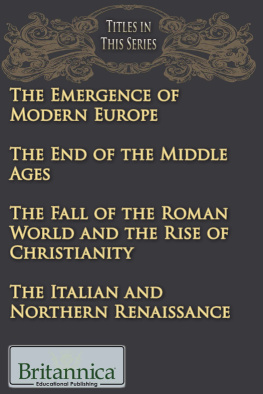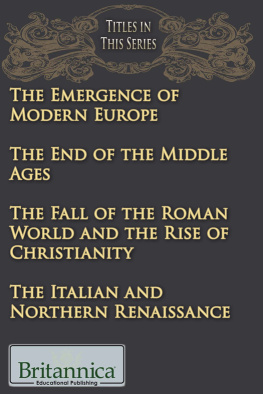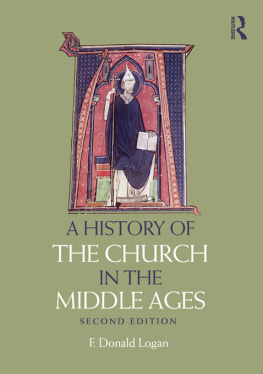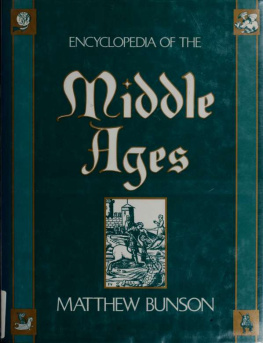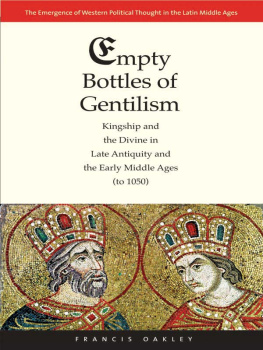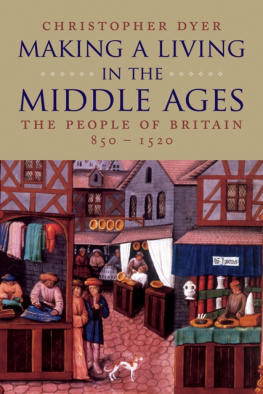

Published in 2018 by Britannica Educational Publishing (a trademark of Encyclopdia Britannica, Inc.) in association with The Rosen Publishing Group, Inc.
29 East 21st Street, New York, NY 10010
Copyright 2018 by Encyclopdia Britannica, Inc. Britannica, Encyclopdia Britannica, and the Thistle logo are registered trademarks of Encyclopdia Britannica, Inc. All rights reserved.
Rosen Publishing materials copyright 2018 The Rosen Publishing Group, Inc. All rights reserved.
Distributed exclusively by Rosen Publishing.
To see additional Britannica Educational Publishing titles, go to rosenpublishing.com.
First Edition
Britannica Educational Publishing
J.E. Luebering: Executive Director, Core Editorial
Andrea R. Field: Managing Editor, Comptons by Britannica
Rosen Publishing
Meredith Day: Editor
Nelson S: Art Director
Brian Garvey: Designer
Cindy Reiman: Photography Manager
Bruce Donnola: Photo Researcher
Library of Congress Cataloging-in-Publication Data
Names: Roscoe, Kelly, editor.
Title: The end of the Middle Ages / edited by Kelly Roscoe.
Description: New York : Britannica Educational Publishing, 2018. | Series: Power and religion in Medieval and Renaissance times | Includes bibliographical references and index. | Audience: Grade 9 to 12.
Identifiers: LCCN 2016053739 | ISBN 9781680486247 (eBook)
Subjects: LCSH: Middle Ages.
Classification: LCC D203 .E527 2017 | DDC 940.1/9--dc23
LC record available at https://lccn.loc.gov/2016053739
Manufactured in the United States of America
Photo credits: Cover, pp. 3, 12, 23, 38, 54, 80, Conde/Shutterstock.com; pp. 8-9, 48-49, 77 Heritage Images/Hulton Archive/Getty Images; p. 13 Project Gutenberg (Text 10940); p. 15 Apic/ Hulton Archive/Getty Images; p. 17 Encyclopdia Britannica, Inc.; p. 21 Winchester Cathedral, Hampshire, UK/Bridgeman Images; p. 24 Alexander/Fotolia; p. 26 North Wind Picture Archives; pp. 28-29, 58 Photos.com/Thinkstock; pp. 30-31 javarman/Fotolia; pp. 34-35 G. Sioen/De Agostini Picture Library/Getty Images; p. 40 Courtesy of the Burgerbibliothek, Bern; p. 44 Keystone-France/Gamma-Keystone/Getty Images; p. 51, 82 Print Collector/Hulton Archive/Getty Images; p. 56 Courtesy of the Muse Cond, Chantilly, Fr. / photograph, Giraudon/Art Resource, New York; p. 57 Museo Civico, Bologna, Italy/Bridgeman Images; pp. 62-63 Gail Mooney/Corbis VCG/Corbis Documentary/Getty Images; p. 65 Catarina Belova/Shutterstock.com; p. 68 Private Collection/Bridgeman Images; p. 70 Alinari-Anderson/Art Resource, New York; pp. 73, 86 Photo 12/Universal Images Group/Getty Images; p. 75 British Library, London, UK/ British Library Board. All Rights Reserved/Bridgeman Images; p. 78 Archivo Mas, Barcelona; p. 84 Courtesy of the Universittsbibliothek, Bremen, Ger.; p. 88 Leemage/Universal Images Group/Getty Images; p. 90 DEA Picture Library/Getty Images; interior pages background and border graphics Roberto Castillo/Shutterstock.com; back cover flourish Drakonova/Shutterstock.com.
Contents
T he period of European history extending from about 500 to 14001500 CE is traditionally known as the Middle Ages. The term was first used by 15th-century scholars to designate the period between their own time and the fall of the Western Roman Empire. The period is often considered to have its own internal divisions: early, central or high, and late. The change from ancient ways to medieval customs came so gradually, however, that it is difficult to tell exactly when the Middle Ages began. The conventional date of the beginning of the Middle Ages is 476 CE, when the Germanic general Odoacer defeated the Roman general Orestes and overthrew the emperor Romulus Augustulus, ending the Western Roman Empire. (The eastern part of the empire, called the Byzantine Empire, survived for about another thousand years.) Other historians give the year 410, when Alaric, king of the Visigoths, sacked Rome. Still others say that the ancient world lasted until 750 or even 1000, when the extensive practice of slavery as in the classical world finally came to an end in western Europe.

The fan vaults of Gloucester Cathedral, seen here, are an example of the Perpendicular style, a phase of late Gothic architecture unique to England.
It is equally hard to determine exactly when the Middle Ages ended, for decisive events leading to the modern age took place at different times. Historians say variously that the Middle Ages ended with the fall of Constantinople, the capital of the Byzantine Empire, in 1453; with the European discovery of America, in 1492; with the beginning of the Reformation, in 1517; or with the coming of the French Revolution, in 1789.
The Middle Ages was first defined as a distinct historical period in the 15th century, by scholars who saw their own time as one of great cultural progress and the revival of the Classical learning of ancient Greece and Rome. These scholars thus thought of the time between the fall of the Western Roman Empire and their own time as one of decline and then stagnation. The Middle Ages came to be seen as a long period dominated by ignorance and superstition.
Historians today, however, mostly do not accept this position. They emphasize the many important changes that occurred in society during the Middle Ages. New forms of political, social, cultural, and economic organization emerged. The monarchies that developed laid the foundations for the nation-states of the modern period. People also first began to consider Europe as a distinct cultural unit. The Roman Catholic Church became a significant part of medieval life. Later in this period, the population began to grow greatly, agriculture and trade flourished, and cities expanded. Medieval Europe gave the world the first universities, and medieval architects produced magnificent Gothic cathedrals.
It has been traditionally held that by the 14th century the dynamic force of medieval civilization had been spent and that the late Middle Ages were characterized by decline and decay. Europe did indeed suffer disasters of war, famine, and pestilence in the 14th century, but many of the underlying social, intellectual, and political structures remained intact. In the 15th and 16th centuries, Europe experienced an intellectual and economic revival, conventionally called the Renaissance, that laid the foundation for the subsequent expansion of European culture throughout the world.
D ominating present-day northern France, Belgium, and western Germany, the Germanic-speaking Franks established the most powerful Christian kingdom of early medieval western Europe. The name France (Francia) is derived from their name. The Franks emerged into recorded history in the 3rd century CE as a Germanic tribe living on the east bank of the lower Rhine River.
In 481/482 Clovis I ( c . 466511) succeeded his father, Childeric, as the ruler of the Salian Franks of Tournai. In the following years Clovis compelled the other Salian and Ripuarian tribes to submit to his authority. He then took advantage of the disintegration of the Roman Empire and led the united Franks in a series of campaigns that brought all of northern Gaul under his rule by 494. He expanded into southern Gaul, driving the Visigoths across the Pyrenees, and established a strong Frankish presence east of the Rhine. His power was recognized by the eastern emperor Anastasius, who made him a Roman consul (a high-ranking magistrate).

